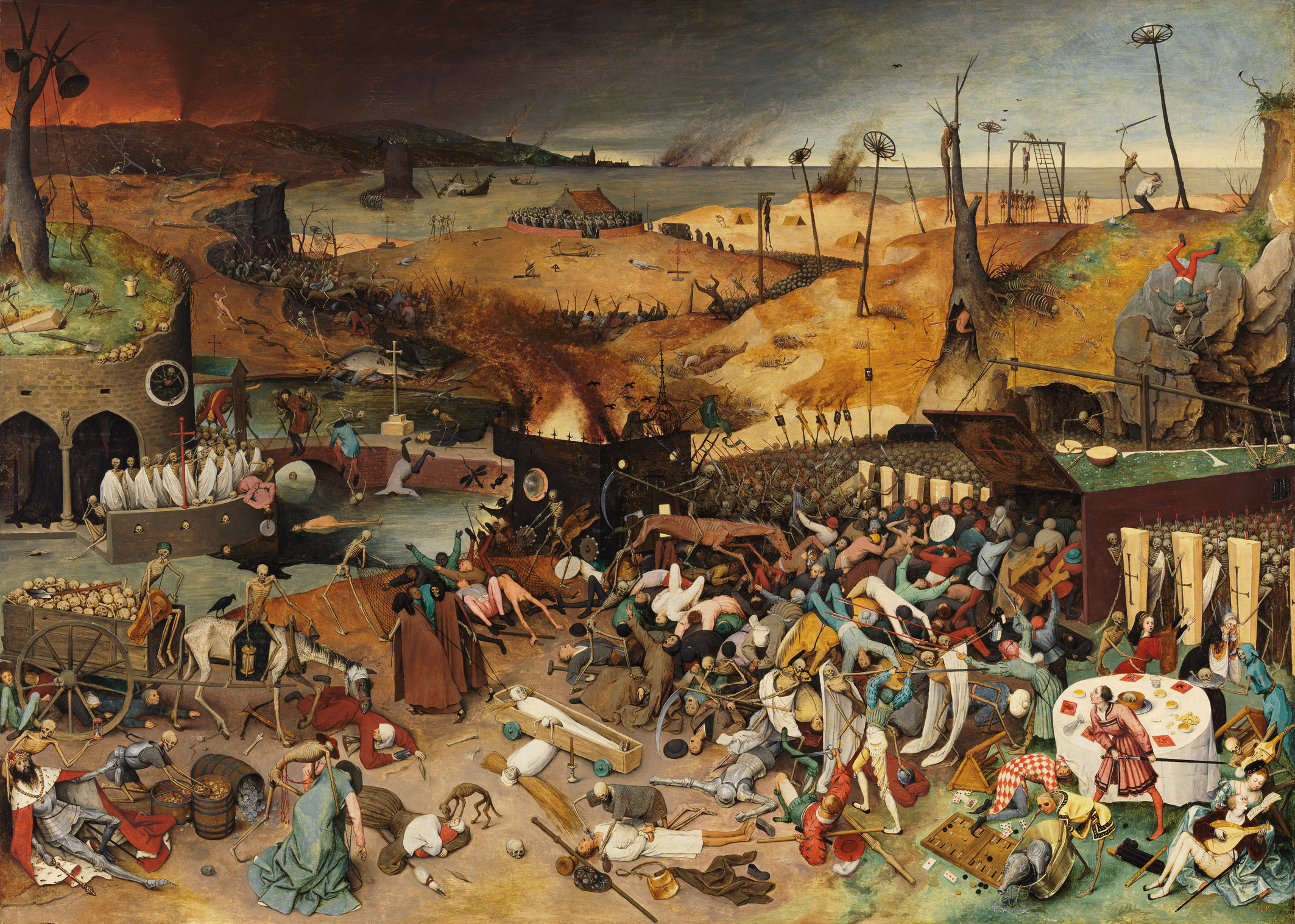Strategic Planning
21 February 2017
Strategic planning is not some kind of voodoo prognostication about the future. An early case of strategic planning occurred in London in 1901. The City of London called the best and brightest to a summit, where they were asked to look forward 25 years to prepare for the big issues that would be affecting London. And the top three issues were all about transport.
Transport! Looking at the rate of growth of the city, we are going to need a million more horses. This will cause a need for dealing with the manure of a million more horses; and the housing of a million more horses.
This early attempt at long term strategic planning was reviewed by Harvard recently, who decided not to be too hard on them. After all, it’s hard to know the future and the new technologies it will bring. Apparently. But in 1901, there were already 70,000 automobiles in Britain, and around 70 companies producing them. The impact of this new technology seemed to be literally unimaginable. Well the 1901 folks couldn’t imagine it anyway. But the technology already existed. It’s all so obvious now. Yes?
One of my favourite quotes is: ‘the future is already here, it’s just not evenly distributed’. That’s one angle. They should have noticed that there was a technological revolution happening, even if is not ‘evenly distributed’ yet. Sure, maybe we are more attuned to the idea of disruptive technologies now. But in 1901 they had already seen cotton looms and the impact they had had.
The question for us in our time, as we look forward, is what technology already exists but is not yet ‘evenly distributed’.
For example, driverless cars exist now – we should notice that if it applies to our industry. But there are so many new technologies, why will this one continue? So, I’m not predicting the future, but here’s a few reasons why driverless cars have legs (sorry about that):
- the technology is proven to work
- it’s not that expensive (even if it was, it could get much cheaper, so still take note of it)
- supporting infrastructure (roads etc) already exists
- economics are compelling – massive cost savings (think freight)
- will provide productivity benefits
- will reduce congestion in cities
- will reduce unproductive parking spaces in cities
- will reduce the need to own a car (because it will come to you).
Sure there are barriers and issues, for example: massive job losses in freight, taxis and others. Importantly, I’m not saying whether driverless cars are good or bad, just saying they’re likely to be coming. Just because we personally don’t like something does not mean it won’t come. So, for strategic planning purposes, start preparing – especially if you will benefit, or be disrupted, in your industry.
And sure, if they invent Star Trek transporter technology in the meantime, all of my prediction falls apart. But that technology exists nowhere on Earth (a shame). So, from a strategic planning perspective, discount it. Focus on what’s here (but just not evenly distributed yet).
Here’s another angle for strategic planning: we have had the mathematical tools of statistics at our disposal for about 250 years. Statistics helps us understand logically the likely meaning of slabs of data. Rather than relying on our gut instinct, or the last thing we heard, or (least reliable) the most passionate speaker on the subject, we have a means of applying proven mathematical models/algorithms to these data. And we can even apply certainty ratings to our findings: eg, likely, very likely, highly likely.
Yes, there’s outliers – odd events that don’t fit the statistical likelihood, but they are (by definition) rare. For planning purposes, governments, businesses, armies, manufacturers, insurers, policy-makers and others rely on statistical outputs and models every day.
Statistics thrives on data. It has sophisticated tools to deal with the uncertainty in small datasets, but loves large datasets. In the last few decades we have started taking advantage of the insights and even predictions that can be made through analysing the massive datasets we are creating. Our world is being measured on a scale never seen before – industrial processes, traffic flows, climate, customer sentiment, water levels, engine parts, buying patterns and much more.
Machine learning (or deep learning as the guy from Google called it) uses statistical algorithms supported by large datasets (big data) to gain ever-increasing insight into what these measurements mean, and what is likely to happen next. This allows companies to understand customer sentiment in real time (offering tailor-made advertising just for you) and undertake predictive analytics: ‘engine part xyz in Rolls Royce aircraft engines will fail at around 30,000 hours’ or ‘put extra police at abc location’. These are statistically likely outcomes, not prognostications. No one can say this part xyz in that particular plane will fail: it merely says it’s good risk management to swap that part out of all planes at 20,000 hours.
Still with me? Ok.
The trouble (and fun) of real life is that we are awash in a sea of variables. But that doesn’t mean we can’t plan – as individuals, states, nations and globally. All successful businesses plan, all nations plan. It’s actually easier to plan as a nation (in some areas) than as an individual – because bigger numbers increase likelihood of our previous statistical analysis holding true. For example, it’s pretty much impossible to predict you (the individual) will be in a car accident this year. But it’s pretty easy to predict that there will be (the nation) around (say) 4,000 accidents this year. Insurance companies already know these numbers and have set their premiums accordingly.
Of course we don’t have to be worried or anxious about the future (not me, anyway). But there’s nothing wrong in having our industry or nation thinking ahead based on as much evidence as we can muster, rather than mere prognostication.
More on economics and information technology
Disruption
Geoff2021-04-22T20:11:01+10:0030 Oct 2017|Tags: economics, information technology|
IT Futures
Geoff2021-04-23T13:38:16+10:0028 Mar 2017|Tags: economics, information technology|
Strategic Planning
Geoff2021-04-23T16:55:12+10:0021 Feb 2017|Tags: economics, information technology|















Leave A Comment